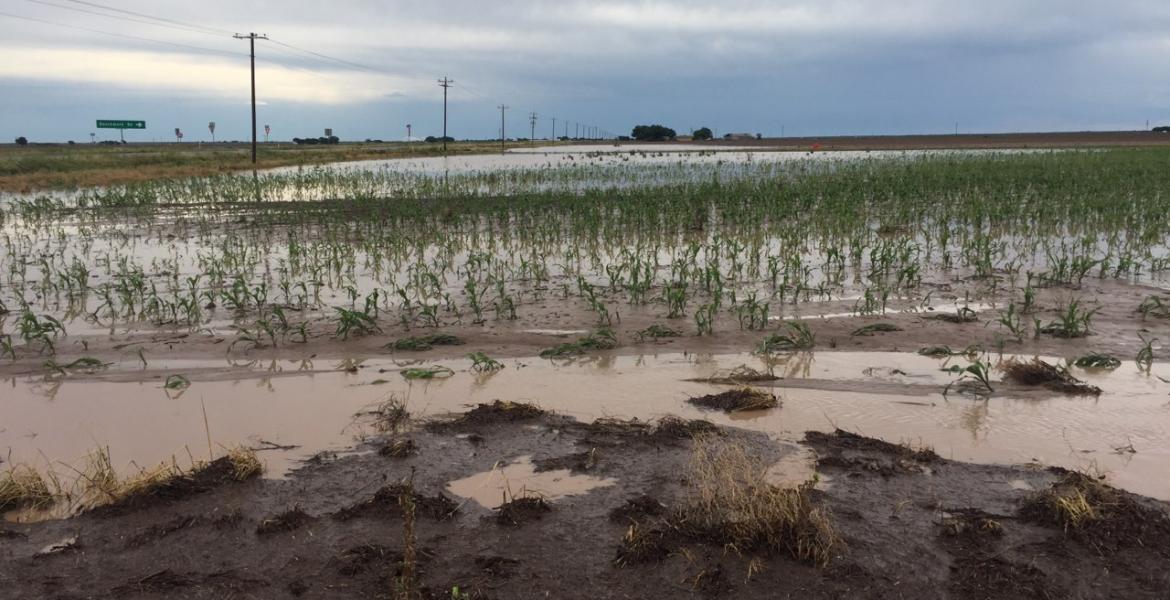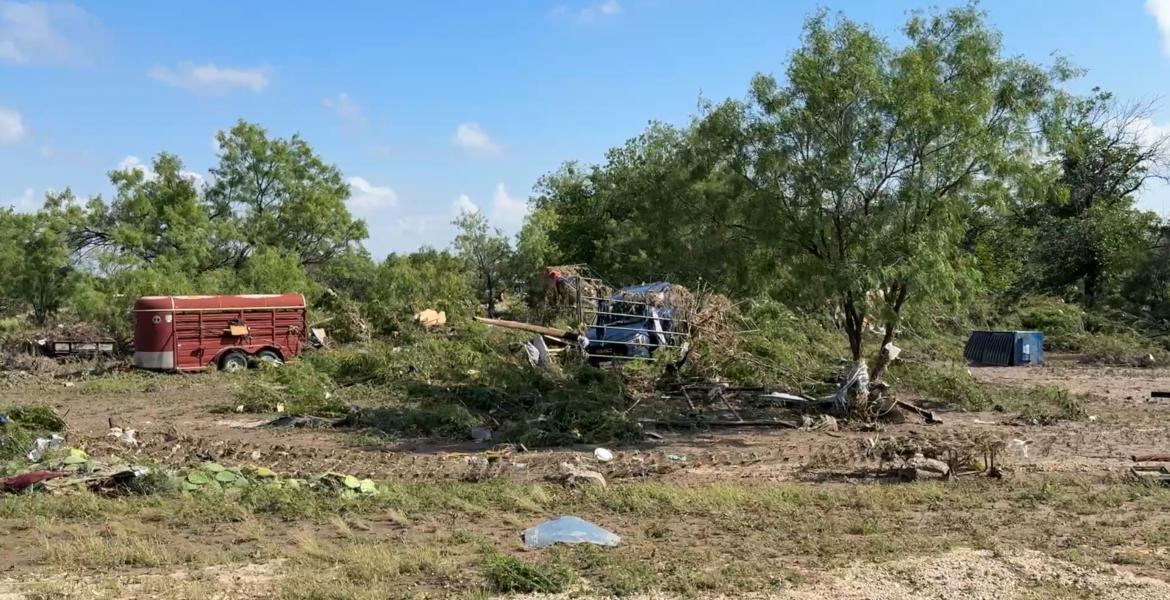There are two popular opinions on sexual predators in regards to the internet. One is the ‘To Catch A Predator’ mentality, which holds that the internet exists only for predators to coerce naïve children into sex, and the other opinion is the ‘that stuff only happens on reality shows,’ point of view.
The truth would be somewhere in between, where not all strangers the kids are chatting with are out to get them, but where some exist that thrive on extortion of the naïve.
The internet is a place where people can choose to be nameless, faceless, or pretend to be someone else entirely.
Detective Brian Elkins, who investigates these crimes, cites it as another way to commit crime, though with less evident consequences. “It provides another opportunity, allows them to be anonymous,” he said.
“It makes it compact, it’s right there, it’s available—we as a community live our lives in social media,” says Crystal Ward, the Education Coordinator of the Rape Crisis Center. “The internet is big, but it’s also very small.”
Both mention social media and the internet in general as making stalking and/or extortion more convenient, though neither denounced it as ‘evil,’ just merely a tool to be used for good or bad.
“We use it [social media] all the time,” said Elkins, “we’re constantly looking on social media sites for evidence.”
Elkins comments that using social media is the new thing for predators, pedophiles, and child pornographers.
“It’s becoming more prevalent of kids meeting adults online,” he said. “They run the gambit, lie about their age, and kids lie about their age.”
He says that kids are not being smart, mature or wise enough to deal with personal information and the internet. That they put their addresses, phone numbers, who their parents are, when they are home and what school they attend unfiltered online.
Not practicing safe internet habits opens them up for a range of abuses.
“What we’re seeing now is cyber bullying and cyber extortion,” explained Elkins.
Specifically with cyber extortion a child pornographer gains the child, usually a teen of about 13-16, to send photos of themselves naked to the pornographer, who then uses the photo as blackmail.
“It’s hard to stop [once] you’ve done things on photo or video,” says Elkins, “he [pornographer] says ‘I will release them on Instagram’.”
The leverage gained through blackmail is then used to coerce the victim into sending the pornographer more photos. Once the thought of embarrassing photos being available for anyone and everyone to see crosses the mind of the victim, they feel that they must comply or commit social suicide.
“It’s another one of those crimes that’s an embarrassment crime. A lot of them go unreported,” explained Elkins. “By the time we get it, it’s hard [to investigate].”
Sometimes investigation for Elkins is simple, “get a report, find internet provider for stalker, then you can get individual computer of where it happened and start doing intel work.”
“Mathematics doesn’t lie. If we know your location, your IP address, we pretty much have you locked in. The only question is who was doing the typing,” said Elkins.
But sometimes the offender is not the typical San Angelo criminal and knows how to cover their tracks with masking technology.
Issues with child pornographers and extortion is a problem even here in San Angelo, but more often than not, the abuse comes from people the victim knows.
“What we see in the preteen and teenage, where they are getting most of their abuse is from people they know and trust,” says Ward, who then gave an example, “a 15-year-old girl in first serious relationship, her boyfriend talks her into taking a topless photo.”
While they are together everything is well and good, but after a break up that photo becomes a revenge post, subjecting her to embarrassment, ridicule, and sometimes even bullying.
“The internet is so impersonal, but what people use it for is vulnerable,” says Ward with a note of concern.
As far as preventative and safety measures go, both Ward and Elkins stressed involvement in a child’s online life. “Monitor everything they do, don’t be afraid to take their phone,” says Elkins, though he mentioned that keeping them off the internet as long as possible is the safest method.
He also stresses the importance of parents knowing their children’s passwords and not allowing them to friend strangers on the internet.
“I’ve got to know who you’re talking to and when you’re talking,” Elkins said as if speaking to his own children, “just your friends, no friends of friends.
“They [predators] are on the prowl all the time,” he says, warning parents to take measures to protect their children.
Ward recommends additional methods that can help even when a child is not where the parents can monitor them, like a friend’s house. “My advice is to communicate early before laptops or phones,” says Ward. “Ask them, ‘What are you going to use this for?’.”
Ward says parents should be aware of what their children are doing, but it’s also important to be there to help a child cope if something of the sort does happen to them.
“Parents have got let them know It’s not their fault and that they will be there to help them clean up the mess,” says Ward.
Both Ward and Elkins stressed the importance of speaking and interacting with children on the subject, giving them the basis to make safer decisions in regards to their internet safety. Keeping a close eye on children during the holidays is especially advisable, as more hustle and bustle means more opportunities for predators on the prowl.
For those who have experienced any type of sexual abuse, online or in person, the Rape Crisis Center does offer counseling and a hotline, as well as educational programs.
For more information on the Rape Crisis Center, or to request an educational program, call (325) 655-2000.
There is also a hotline available at (325) 658-8888.
Subscribe to the LIVE! Daily
Required






Comments
Listed By: Joe Weaver
- Log in or register to post comments
Permalink- Log in or register to post comments
PermalinkPost a comment to this article here: